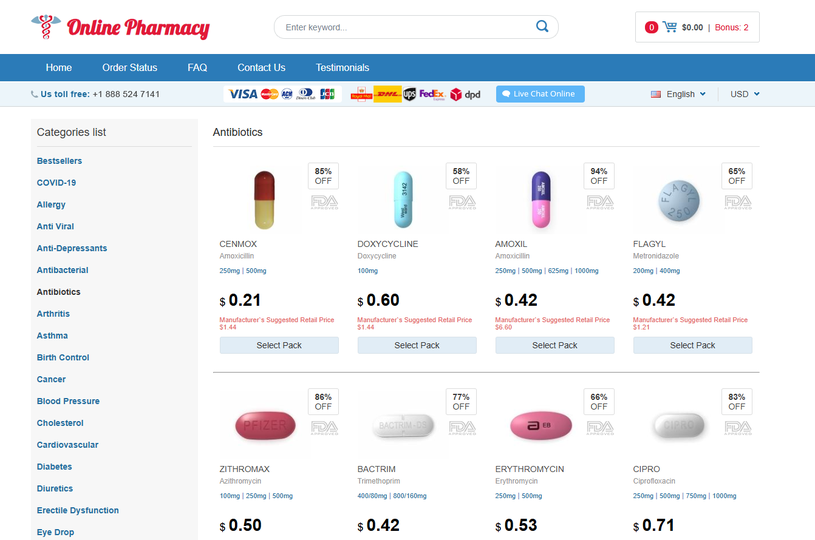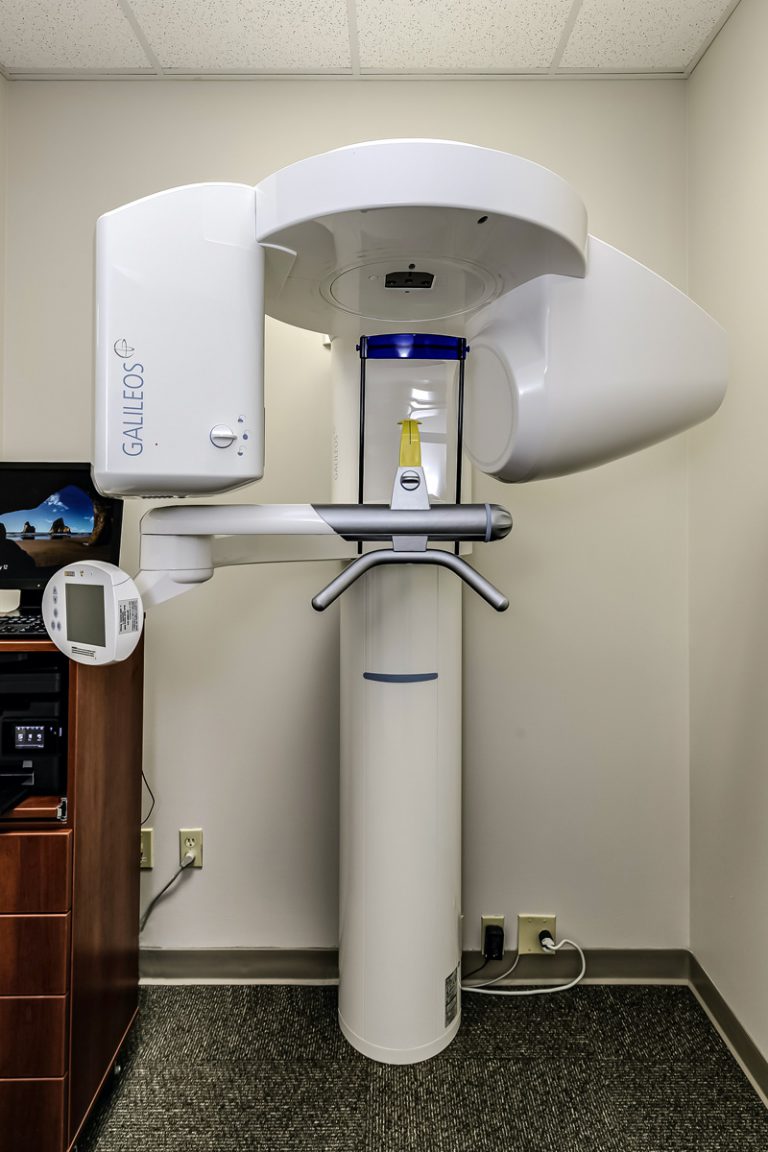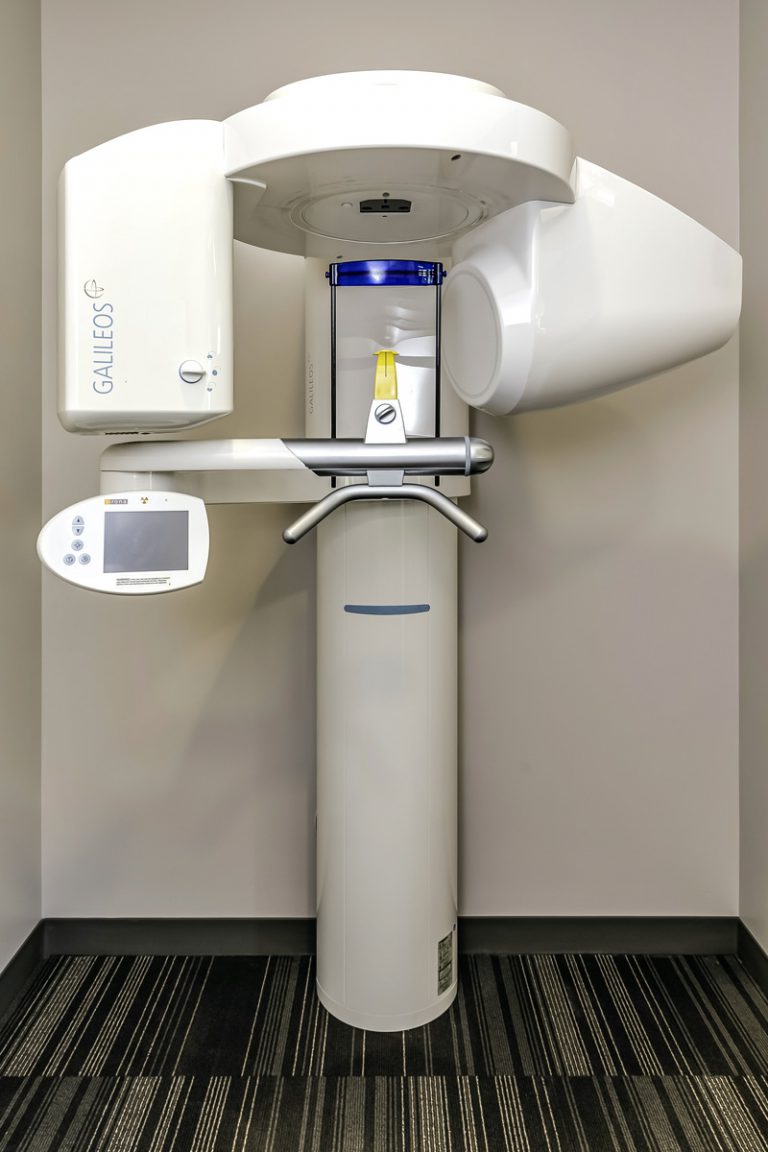To Buy Keflex No Prescription Visit Our Pharmacy ↓

Side Effects: Keflex Compared with Alternatives
Keflex, known by its generic name cephalexin, is a commonly prescribed antibiotic used to treat a variety of bacterial infections. Some individuals may also experience dizziness, fatigue, headache, or genital and anal itching. Additionally, the presence of other underlying medical conditions, such as kidney or liver disease, can also influence how Keflex is metabolized in the body and its subsequent efficacy in treating the infection. Introduced in the 1960s, Keflex has established itself as a go-to option for treating a broad spectrum of bacterial infections, from respiratory tract infections to skin and soft tissue infections. Additionally, it is crucial to weigh the potential benefits of Keflex against the possible side effects. Its broad-spectrum nature makes it effective against numerous strains, yet it does not cover every type of bacterium, such as those which produce beta-lactamase enzymes that can degrade the antibiotic. By remaining stable and active in the presence of these enzymes, Keflex ensures its antimicrobial action is uncompromised.
Broad Spectrum Effectiveness
Keflex’s advantage lies in its ability to circumvent resistance mechanisms that affect penicillin, making it a valuable alternative for penicillin-allergic patients. It is especially effective against the Gram-positive spectrum of bacteria, where it can easily penetrate the thick outer peptidoglycan layer. When it comes to treating bacterial infections, both Keflex and Amoxicillin are popular choices, each with its unique set of applications. In the medical community, Keflex is valued for its relatively narrow spectrum of activity, which minimizes the impact on the body's beneficial flora when compared to broader-spectrum antibiotics. Patients prescribed Keflex for respiratory tract infections typically observe improvement within a few days of commencing the treatment, which underscores the importance of adherence to dosing instructions for the full prescribed course, despite any early symptom resolution. This makes it a well-tolerated antibiotic for most individuals. Without a complete and functional cell wall, bacteria become vulnerable and are unable to prevent the inflow of external fluids and ions, leading to their eventual swelling and bursting, a process known as lysis.
Recommended Keflex Dosage for Various Infections
Inquire about potential side effects, and if the medication falls into a category that's not recommended for your current stage of pregnancy. Embarking on a conversation about medication during pregnancy can seem daunting, but ensuring you're armed with the right questions can demystify the process. The effectiveness of Keflex against bacterial lysis is specific to those bacteria that build cell walls, which makes it particularly effective against a broad spectrum of gram-positive and some gram-negative bacteria. The drug achieves this by binding to specific penicillin-binding proteins (PBPs) located inside the bacterial cell wall. Primarily prescribed for infections caused by bacteria, such as respiratory tract infections, ear infections, skin infections, and urinary tract infections, cephalexin is a versatile tool in the medical arsenal. Common side effects include gastrointestinal discomfort, such as diarrhea, nausea, vomiting, and abdominal pain. Its broad-spectrum activity makes it a valuable antibiotic for treating various types of infections, such as skin and soft tissue infections, respiratory tract infections, urinary tract infections, and bone infections.
Common Side Effects and Overdose Symptoms to Watch
For severe gastrointestinal issues like intense abdominal pain or persistent diarrhea, contact your doctor right away. These include severe skin reactions like rashes, itching, or hives, difficulty breathing, swelling of the face, lips, tongue, or throat, and signs of liver problems such as persistent nausea or vomiting, yellowing of the skin or eyes, or dark urine. Remember to always follow your healthcare provider's guidance when taking Keflex to ensure the best possible results. Severe reactions may manifest as difficulty breathing, swelling of the face or throat, and dizziness. The typical symptoms of a UTI include a persistent urge to urinate, a burning sensation during urination, passing frequent, small amounts of urine, and urine that appears cloudy or red, signifying blood. It has been consistently found to be well-tolerated, and its dosing flexibility makes it suitable for treating a wide range of infections, from the mild to the moderately severe. Some individuals may also experience allergic reactions ranging from mild skin rashes to severe anaphylaxis, although this is less common.
Understanding Keflex: a Quick Overview
They will take into account factors such as the type of infection you have, your overall health, and any potential drug interactions or allergies. Ultimately, the decision of whether or not Keflex is the right choice for you will depend on your individual circumstances. After days of mounting anxiety and unsuccessful remedies, Keflex emerged as the turning point in her child's recovery. When patients and healthcare providers work together to use antibiotics responsibly, the efficacy of drugs like Keflex can be preserved for those who truly need them. By inhibiting the growth of bacteria in these areas, Keflex helps to reduce inflammation, control infection, and accelerate the healing process. - Pros: Keflex is a broad-spectrum antibiotic that is effective against a wide range of bacterial infections. Understanding the potential for these occurrences is key to receiving prompt and appropriate care.
Severe Adverse Reactions: What to Watch for
Consulting with a healthcare professional can help determine the most appropriate antibiotic treatment based on the individual's medical history, the severity of the infection, and any known allergies or potential drug interactions. Avoiding alcohol and certain other medications can also prevent adverse interactions and side effects. While effective against a broad range of bacterial infections, concerns about antibiotic resistance are on the rise. Cephalexin, sold under the brand name Keflex, is commonly prescribed in various dosages depending on the nature and severity of the infection. It belongs to the class of antibiotics known as cephalosporins, which serve as critical tools in modern medicine's arsenal. Staying well-hydrated helps the body to flush out toxins and maintain essential bodily functions. These personal accounts not only highlight successful outcomes but also reinforce the potential of Keflex as a critical ally in the human body’s fight against bacterial invasions.
Potential Side Effects
Individuals should also be mindful of personal hygiene products and opt for those without potential irritants, ensuring that the genital area is kept clean and dry to inhibit bacterial growth. Moreover, avoiding irritants like caffeine, alcohol, spicy foods, nicotine, and artificial sweeteners can be beneficial, as these can irritate the bladder and exacerbate UTI symptoms. These usually subside on their own and do not require medical intervention. Another option is Azithromycin, which offers the convenience of a shorter dosage period, such as the familiar Z-Pack, making it less of a hassle for caregivers. Skin rashes and itching may also occur with Keflex use, although they are less common. While Keflex is generally well-tolerated, common side effects may include diarrhea, nausea, and abdominal pain. Additionally, adequate rest is a critical component of recuperation, as sleep allows the body to repair and regenerate more effectively.
How Keflex Works in Treating Infections
When evaluating antibiotic effectiveness, it’s crucial to consider the infection’s sensitivity to the drug, alongside patient-specific factors. This specificity is critical as it does not harm human cells, which lack the targeted cell wall structure. Taking precautionary measures when using Keflex can help mitigate potential risks. Patients should be advised to complete the entire course of therapy, even if they begin to feel better before it's finished, to prevent the development of antibiotic-resistant bacteria. Once treatment begins, patients are advised to monitor for any improvement in symptoms and to report any lack of progress to their healthcare provider, as this may indicate the need for a reassessment of the treatment strategy. It is always recommended to discuss any concerns or potential side effects with a healthcare professional before starting Keflex. It's important for patients to be aware of these possibilities and to contact their healthcare provider if they notice any concerning symptoms.
Overview of Keflex: a Popular Antibiotic Choice
Doctors often recomend it due to its efficacy and relatively broad spectrum of action. Long-term high doses might affect kidney function, leading to chronic renal issues such as nephritis. Keflex, a brand name for the antibiotic cephalexin, belongs to a class of medications known as cephalosporins, which are structurally and chemically related to penicillin. Understanding that resistance is not just an individual issue but a societal one, it's vital for healthcare providers to only prescribe antibiotics like Keflex when truly necessary. Firstly, it is important to consult with your healthcare provider who can assess your specific medical condition and determine if Keflex is appropriate for you. It's also advisable to urinate shortly after sexual intercourse to expel any potential bacteria that may have been introduced. Additionally, overuse of Keflex and other antibiotics can create a favorable environment for the growth of drug-resistant bacteria, further worsening the resistance problem.
Keflex and Allergic Reactions: Symptoms to Recognize
By disrupting the synthesis of the cell wall, Keflex effectively weakens and kills the bacterial cells, making it a potent weapon against bacterial infections such as urinary tract infections (UTIs). Keflex is not effective against infections caused by viruses, such as the common cold or flu, or against fungi and parasites. Keflex is an antibiotic that offers several advantages and disadvantages in its use. Secondly, it's important to take Keflex with a full glass of water to help with absorption in the body. In more severe infections such as cellulitis, an infection of the skin and the fat layers beneath it, Keflex has been a cornerstone in treatment, particularly when patients are allergic to penicillin or when methicillin-resistant Staphylococcus aureus (MRSA) is not suspected. It does this by interfering with the synthesis of the bacterial cell wall, weakening the structural integrity of the bacteria and leading to their eventual death. Understanding how Keflex works in the body is important for knowing how it can effectively combat these infections.










































